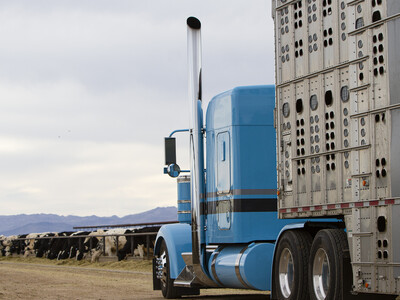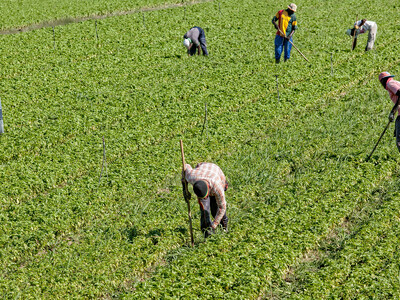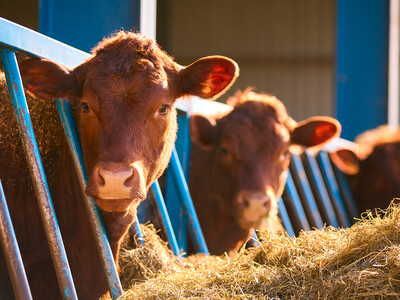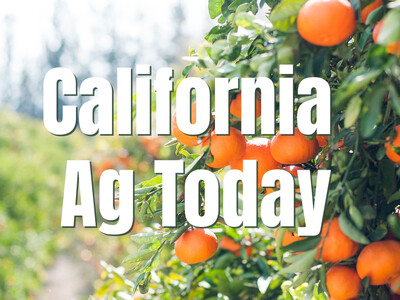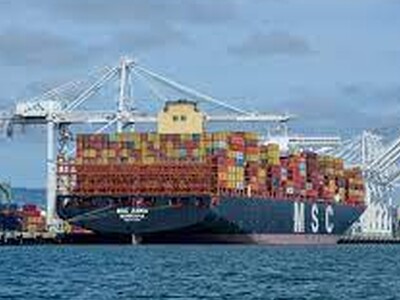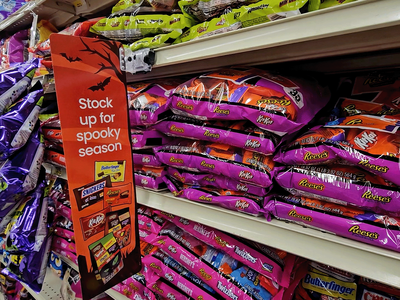Building Digesters
Building Digesters. I’m Greg Martin as Line On Agriculture presents the Harvest Clean Energy Report.
Biodigesters are becoming more and more prevalent in the cattle and dairy industry. More producers are recognizing that there is a definite benefit to having one installed on their operation. Mike Apol, regional manager for Andgar Corporation says their projects have been up and running consistently.
APOL: The number one selling point for us is by the end of this year we’ll have 75 anaerobic digester projects up and running since 2000. Of those 75 all of them are still running today.
And he says there are some misconceptions and misinformation floating around out there.
APOL: The biggest thing you are always fighting and you will always come against are the digesters that have failed. And that’s the biggest battle that you will face every time.
Apol believes that biodigesters really are an energy source for the future and not just an interim measure.
APOL: No, I believe that this would be a plus for the dairy farmer and for the environment as it will be an additional revenue source for the dairy farmer. Not just getting a milk check. When the milk prices are low and struggling to make ends meet with the high feed pricing, you are going to get a check for electricity production. You are going to get a check for renewable energy credits. You’ll get a check for carbon credits and you’ll get an environmental benefit of less total solids going into the lagoon because we get about a 50% reduction in total solids from entering the digester to leaving the digester.
Electricity is not the only product of the digesters. Heat produced can be used to warm or clean. There is also the fertilizer aspect.
APOL: When it goes through the digestion process the nitrogen changes from organic to inorganic so meaning that you know when they take the manure from the lagoon, they will spread it on the fields, the fields got to break down that nitrogen and phosphorus before the land can use it. During the digester process it already converts it so if you wanted to spread it on the land when you are growing corn or something like that, you can do that because the plants will be able to take that nitrogen and phosphorus up.
For additional information on clean energy, visit harvestcleanenergy.org. That’s today’s Line On Agriculture. I’m Greg Martin on the Ag Information Network.




